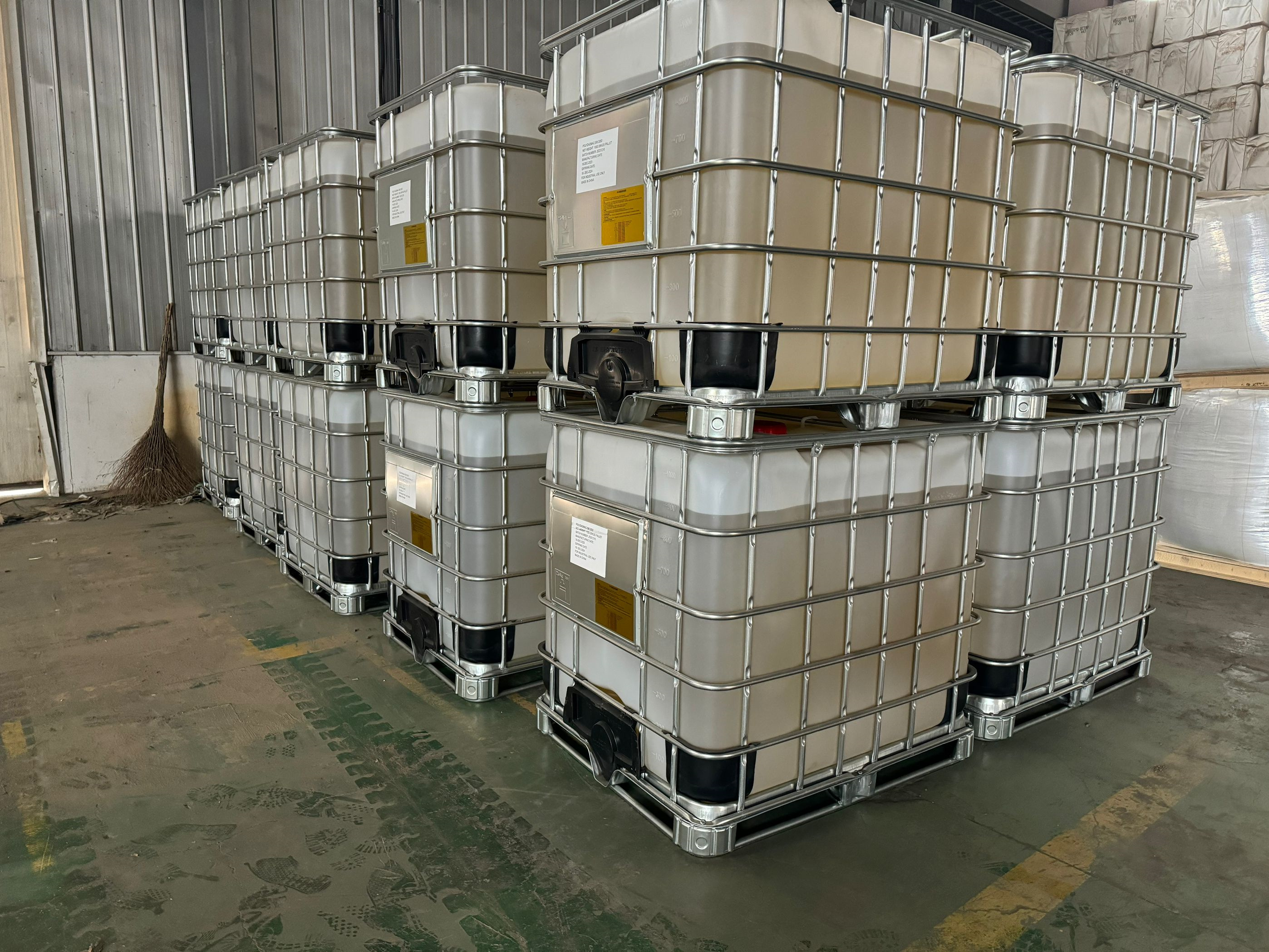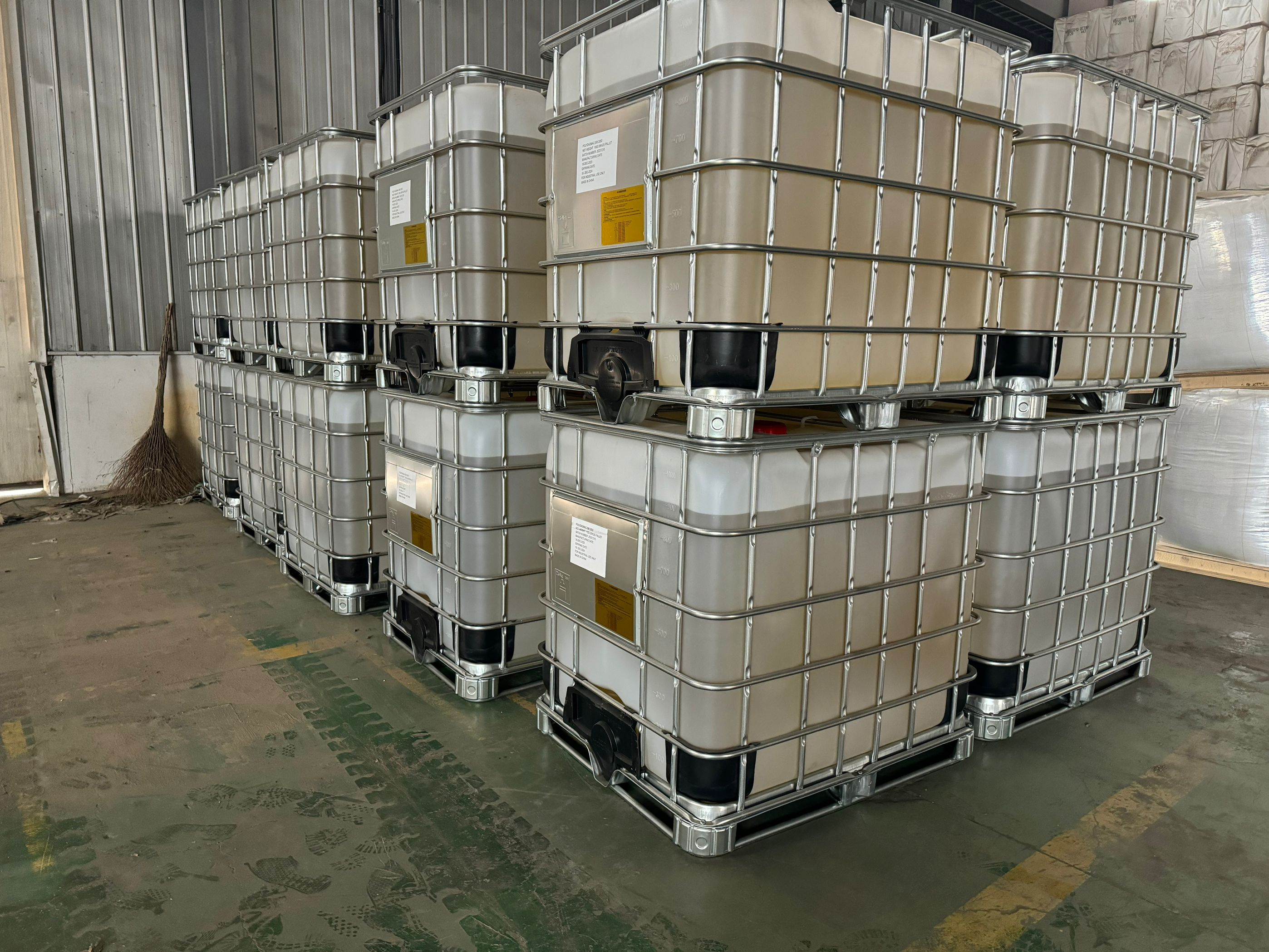Anionic polyacrylamide AN905 AN910 can be replaced by asiafloc--A series
Material
- am acrylic acid
Color
- white granular
Application
- water treatment ,mineral processing
Certificate
- ISO9001 ,ISO14001
Place of Origin
- China
Other Names
- PAM ,flocculant
CAS No
- 9003-05-8
Brand Name
- asiafloc
Usage
- water treatment ,mineral processing
Anionic polyacrylamide AN905 AN910 can be replaced by asiafloc--A series
AN905 AN910 are two models of anionic polyacrylamide with 5% and 10% hydrolysis degree and medium and high molecular weight mainly used for water treatment ,Asiafloc A0310 and Asiafloc A1012 can replace of them with good performance.
Anionic polyacrylamide (APAM) is a versatile polymer widely used in water treatment and the oilfield industry due to its ability to enhance the efficiency of various processes. Its applications span across municipal wastewater treatment, industrial effluent treatment, and oilfield operations, where it is valued for its flocculating, coagulating, thickening, and viscosity-modifying properties. This essay will explore the primary applications of anionic polyacrylamide in water treatment and oilfield operations, emphasizing its role in improving process efficiency, environmental protection, and cost-effectiveness.
Overview of Anionic Polyacrylamide
Anionic polyacrylamide (APAM) is a water-soluble polymer with negatively charged functional groups along its molecular chain. These negative charges allow APAM to interact with positively charged particles and ions in water, facilitating the aggregation of suspended solids and other contaminants into larger flocs. This flocculation process is central to many water treatment and oilfield applications, where the removal of fine particles, organic matter, and other impurities is critical for maintaining water quality and operational efficiency.
Applications of Anionic Polyacrylamide in Water Treatment
In water treatment, anionic polyacrylamide plays a crucial role in several key processes:
1. Coagulation and Flocculation in Wastewater Treatment
The most prominent application of anionic polyacrylamide in water treatment is as a flocculant in wastewater treatment plants. Wastewater, whether from municipal sources or industrial processes, contains a variety of suspended solids, colloidal particles, organic matter, and pollutants. These particles often carry a negative charge, which prevents them from naturally settling out of the water. Anionic polyacrylamide, with its negatively charged polymer chains, neutralizes these charges, allowing the particles to come together and form larger flocs.
Municipal Wastewater Treatment: In municipal wastewater treatment, anionic polyacrylamide is used during the primary and secondary treatment stages. During primary treatment, it aids in the removal of suspended solids and organic matter through sedimentation. In secondary treatment, it enhances the removal of biological solids formed during the biological treatment processes. The use of anionic polyacrylamide ensures that the treated water meets the required standards for discharge or reuse.
Industrial Wastewater Treatment: Many industries, such as textiles, food processing, pulp and paper, and mining, produce wastewater with high levels of suspended solids, dyes, and other contaminants. Anionic polyacrylamide is used to treat this wastewater by promoting the flocculation of these contaminants, leading to clearer effluents that can be safely discharged or reused in the production process.
2. Turbidity Reduction
Turbidity, caused by the presence of fine suspended particles, is a common issue in water treatment. High turbidity levels not only affect water quality but also hinder disinfection processes, as the particles can shield pathogens from disinfectants. Anionic polyacrylamide is highly effective in reducing turbidity by aggregating the fine particles into larger flocs, which can then be removed through sedimentation or filtration. This results in clearer water, which is essential for both drinking water production and industrial processes.
3. Phosphorus and Organic Matter Removal
Phosphorus is a key nutrient that can contribute to eutrophication in water bodies, leading to algal blooms and oxygen depletion. Anionic polyacrylamide is used in water treatment processes to remove phosphorus by forming flocs with phosphorus-containing compounds, which can then be separated from the water. This application is particularly important in wastewater treatment plants that discharge into sensitive aquatic environments.
Organic matter, including natural organic materials and industrial by-products, can also be effectively removed using anionic polyacrylamide. By binding with these organic molecules, APAM facilitates their removal through sedimentation or filtration, reducing the biological oxygen demand (BOD) and chemical oxygen demand (COD) of the treated water.
4. Sludge Thickening and Dewatering
Sludge is the semi-solid by-product of wastewater treatment processes, and managing it effectively is a significant challenge. Anionic polyacrylamide is widely used in sludge thickening and dewatering processes to reduce the water content of sludge, thereby decreasing its volume and making it easier to handle, transport, and dispose of.
Sludge Thickening: In sludge thickening, anionic polyacrylamide helps to increase the solids content of the sludge by promoting the aggregation of fine particles, resulting in a thicker, more concentrated sludge.
Sludge Dewatering: During dewatering, APAM enhances the separation of water from the sludge by improving the flocculation of the solids, leading to the production of a drier sludge cake. This process is essential for reducing the costs associated with sludge disposal and for minimizing the environmental impact of sludge management.
5. Color Removal in Industrial Effluents
Industries such as textiles and paper production often discharge effluents containing dyes and other colored compounds, which can be difficult to remove using conventional treatment methods. Anionic polyacrylamide is effective in removing these colorants by promoting the flocculation of dye molecules and other color-causing substances, allowing them to be removed through sedimentation or filtration. This application is critical for industries that must meet strict environmental regulations regarding the discharge of colored effluents.
Applications of Anionic Polyacrylamide in Oilfield Operations
In the oilfield industry, anionic polyacrylamide is utilized in various applications, primarily to enhance oil recovery, improve drilling fluid performance, and treat produced water. These applications are vital for optimizing oil production, reducing environmental impact, and improving the efficiency of oilfield operations.
1. Enhanced Oil Recovery (EOR)
Enhanced Oil Recovery (EOR) techniques are used to extract additional oil from reservoirs after primary and secondary recovery methods have been exhausted. Anionic polyacrylamide is a key component in chemical EOR methods, particularly in polymer flooding and surfactant-polymer (SP) flooding.
Polymer Flooding: In polymer flooding, anionic polyacrylamide is injected into the oil reservoir along with water to increase the viscosity of the injected water. The increased viscosity improves the sweep efficiency of the water, helping to displace more oil towards the production wells. This method is especially effective in reservoirs with high permeability or in heterogeneous formations where conventional water flooding may be less effective.
Surfactant-Polymer (SP) Flooding: In SP flooding, a combination of surfactants and anionic polyacrylamide is used to lower the interfacial tension between oil and water, making it easier for the oil to flow through the reservoir. The anionic polyacrylamide also increases the viscosity of the injection fluid, enhancing the overall effectiveness of the EOR process.
2. Drilling Fluid Additive
Drilling fluids, also known as drilling muds, are used in the drilling of oil and gas wells to cool and lubricate the drill bit, carry cuttings to the surface, and maintain well stability. Anionic polyacrylamide is commonly used as a drilling fluid additive to improve the rheological properties of the mud, control fluid loss, and stabilize the wellbore.
Rheology Modification: Anionic polyacrylamide is added to drilling fluids to adjust their viscosity and gel strength, ensuring that the fluids can effectively suspend and transport cuttings to the surface. This is particularly important in deep or deviated wells, where the effective transportation of cuttings is critical for maintaining drilling efficiency.
Fluid Loss Control: In drilling operations, fluid loss into the formation can lead to a reduction in drilling fluid volume and the invasion of the formation by drilling fluids, which can damage the reservoir. Anionic polyacrylamide helps to form a low-permeability filter cake on the wellbore wall, reducing fluid loss and protecting the formation.
Wellbore Stabilization: The use of anionic polyacrylamide in drilling fluids also contributes to wellbore stabilization by minimizing the interaction between the drilling fluid and the formation. This reduces the risk of wellbore collapse and improves the overall safety and efficiency of the drilling operation.
3. Produced Water Treatment
Produced water is the water that is brought to the surface along with oil and gas during production. This water often contains a high concentration of suspended solids, oil, and other contaminants, making it challenging to treat. Anionic polyacrylamide is used in the treatment of produced water to remove these contaminants, enabling the water to be reused or safely discharged.
Oil-Water Separation: Anionic polyacrylamide enhances the separation of oil from water by promoting the flocculation of oil droplets and suspended solids. This allows for the more efficient removal of oil and other contaminants, reducing the environmental impact of produced water discharge.
Suspended Solids Removal: The high concentration of suspended solids in produced water can clog treatment systems and reduce the efficiency of oil recovery processes. Anionic polyacrylamide helps to aggregate these solids into larger flocs, making them easier to remove through sedimentation or filtration.
4. Fracturing Fluid Additive
In hydraulic fracturing, or fracking, fluids are injected into the reservoir at high pressure to create fractures in the rock, allowing oil and gas to flow more freely to the wellbore. Anionic polyacrylamide is used as a fracturing fluid additive to increase the viscosity of the fluid, improving its ability to carry proppants (solid materials used to keep the fractures open) into the fractures.






